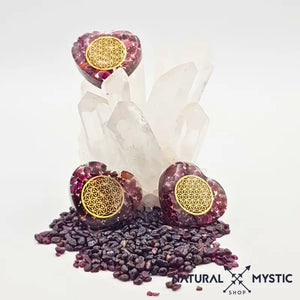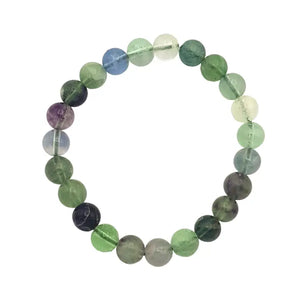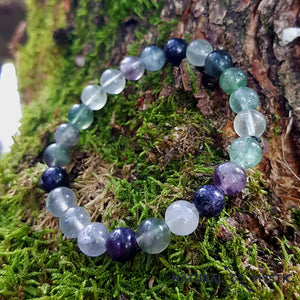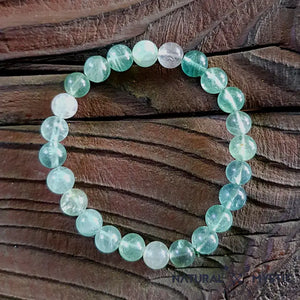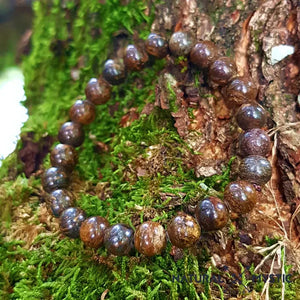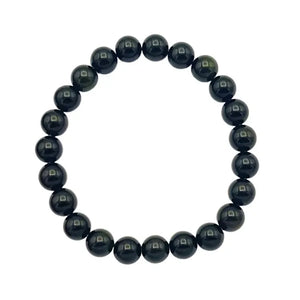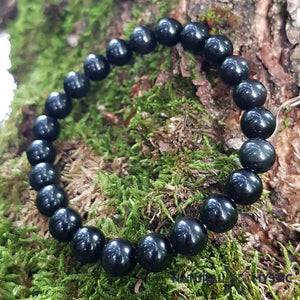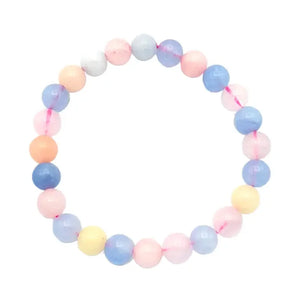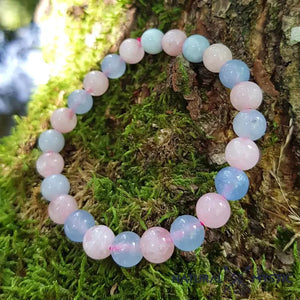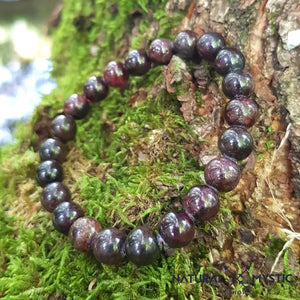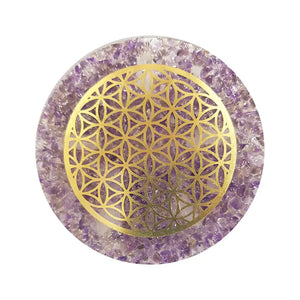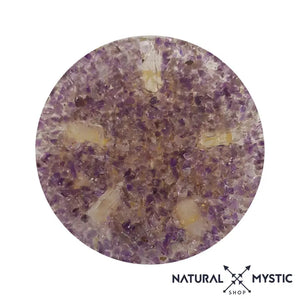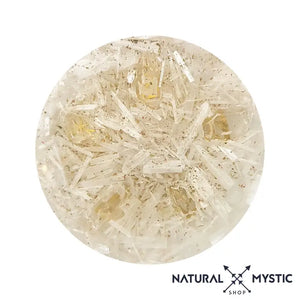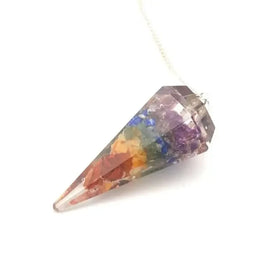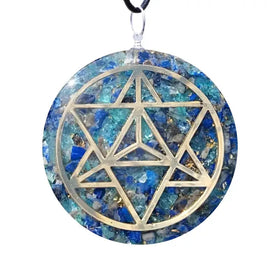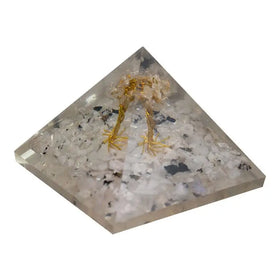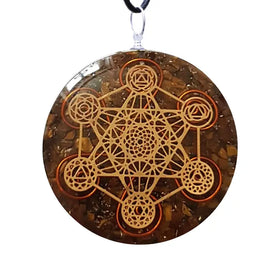Join the Natural Mystic community
Get the latest updates on new products and our best blog posts!
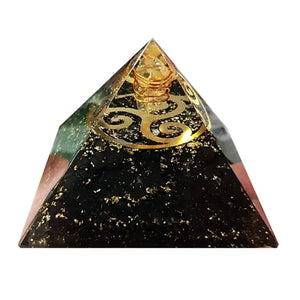
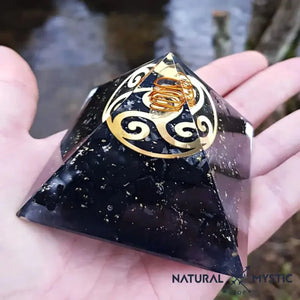
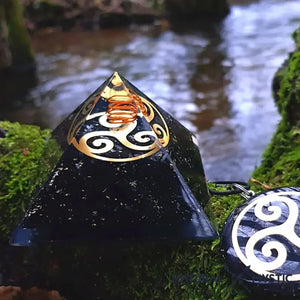
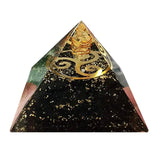
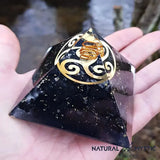
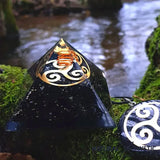
- 47.00 € 47.00 €
- Unit price
- Save 20.00 €
Sizes chart
NEWS
Regular price
17.00 €
17.00 €
from
Regular price
22.00 €
22.00 €
×
from
Regular price
22.00 €
22.00 €
×
from
Regular price
23.00 €
23.00 €
×
from
Regular price
25.00 €
25.00 €
×
from
Regular price
25.00 €
25.00 €
×
from
Regular price
27.00 €
27.00 €
×
from
Regular price
27.00 €
27.00 €
×
Regular price
47.00 €
47.00 €
Regular price
47.00 €
47.00 €
24/7 CUSTOMER SERVICE
Our team is at your disposal for any questions about our items or your order.
SECURE PAYMENTS
The management of our online payments is 100% secure with Stripe and Paypal.
QUICK DELIVERY
Our delivery times are 2 to 7 days for Europe and 7 to 15 days for the rest of the world.
SATISFIED OR REFUNDED
We offer money back guarantee for 14 days after receipt of the items!
×

×
Sizes chart
Format of our orgonites:
- >> A pendant and/or a pocket orgonite helps correct and harmonize a person's energies
- >> A pyramid allows you to correct and harmonize the energies of a room of approximately 20m2
- >> A large tray allows you to correct and harmonize the energies of a room of approximately 40m2
Size of natural stone bracelets:
In addition to orgonites, we offer a complete collection of high-quality fine stone bracelets that you can add to your order. Our 100% natural stone bracelets exist in 3 sizes: 17cm, 19cm and 21cm.
To find out your bracelet size:
- >> Measure your wrist with a flexible seamstress tape measure or, failing that, a string and a double decimeter. Go around your wrist without tightening too much.
- >> If you measure with a string , you will transfer the length of the wire needed to a double decimeter to know its length.
- >> You will then add 1 centimeter to 2 centimeters to this measurement for a more comfortable fit.



